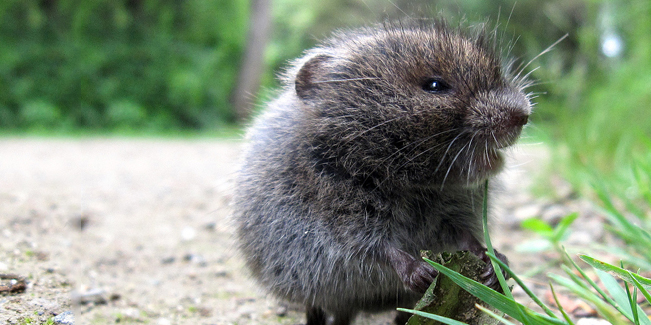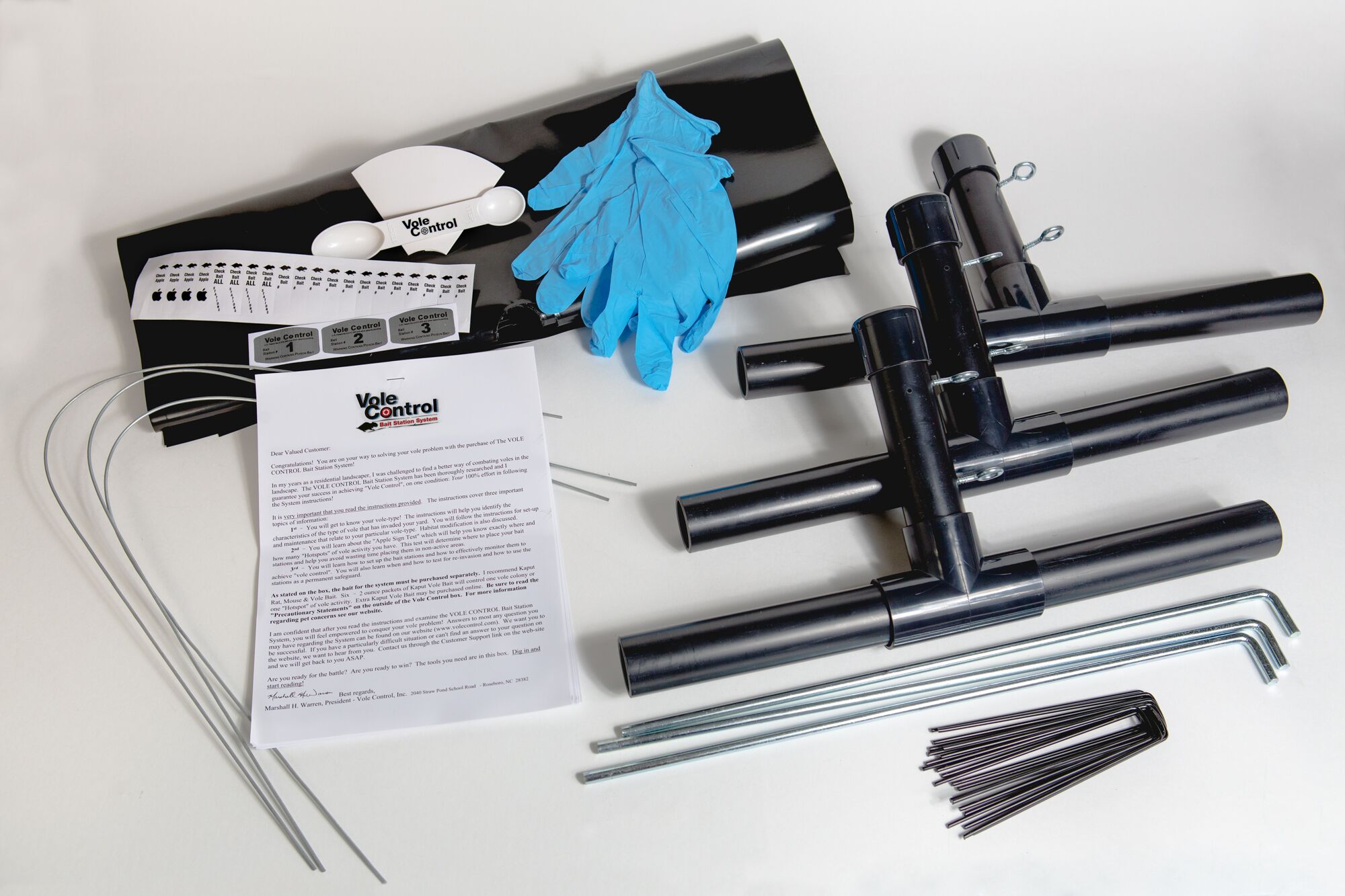Efficient Vole Control Solutions: Managing Vole Pest Issues
Efficient Vole Control Solutions: Managing Vole Pest Issues
Blog Article
Unleashing the Power of Vole Insect Control: Advanced Techniques for Problem Elimination and Therapy
As the determination of vole problems continues to challenge homeowner and farming professionals alike, the mission for much more reliable and efficient parasite control methods increases. In the world of vole management, conventional techniques usually fall short in accomplishing long-lasting solutions. Recent innovations in bug control innovation and methods have opened new avenues for combating these evasive rodents. By checking out advanced trapping techniques, critical exemption approaches, environmentally friendly repellents, and integrated pest administration options, an encouraging horizon emerges in the fight versus vole problems.
Vole Bug Recognition and Analysis
Voles, tiny rodents that appear like computer mice yet have shorter tails, are generally identified bugs in yards and lawns, needing comprehensive assessment to establish the degree of their infestation. Recognizing voles entails recognizing their unique attributes, such as their stocky bodies, short legs, and tiny eyes. They are normally around 3 to 9 inches long and can differ in color from grey to brown.
Evaluating vole invasions is important for executing effective pest control methods. Indications of vole existence include runways in verdant areas, harmed vegetation, and little burrow openings near the surface. By checking these signs, residential property owners can evaluate the extent of the invasion and develop appropriate eradication approaches.

Cutting-Edge Trapping Strategies
Effective vole pest control demands remaining abreast of the most recent advancements in capturing methods to efficiently handle infestations in backyards and gardens. Typical techniques like breeze catches and adhesive boards have their restrictions, leading researchers and pest control professionals to establish even more humane and effective trapping strategies. One advanced approach is making use of online traps that catch voles without triggering harm, enabling their secure removal and release in a suitable habitat far from property areas. These traps are created to reduce stress and anxiety on the recorded voles and are recyclable, making them economical and ecologically pleasant over time.
Additionally, some electronic catches are geared up with sensing units and remote tracking capacities, making it possible for house owners to track vole activity and trap condition from a distance, enhancing the overall effectiveness of vole pest control initiatives. By including these innovative trapping techniques right into insect management strategies, house owners can tackle vole problems with accuracy and compassion.

Strategic Exemption Approaches
Implementing critical exclusion techniques is necessary in preventing vole infestations and shielding yards and lawns from damage triggered by these parasites. These barriers ought to be buried at the very least 12 inches deep and surge 6 inches over the ground to protect against voles from delving beneath or climbing up over them.
Another crucial exclusion technique is making use of crushed rock or rock mulch instead of natural compost. Voles are less most likely to tunnel with rocky terrain, making this a less appealing atmosphere for them. Frequently examining the perimeter of the yard or backyard for spaces in structures, walls, or fencings is essential. These entry factors should be secured with products like concrete or steel blinking to avoid vole gain access to.
Eco-Friendly Repellents and Deterrents
Using eco-friendly repellents and deterrents is a lasting method to handling vole populaces and lessening damage to yards and backyards. Environment-friendly choices are getting appeal as a result of their performance in warding off voles without triggering injury to the setting, animals, or beneficial wildlife. One typical environmentally friendly approach is utilizing all-natural vole repellents such as castor killer, oil, or garlic pee, which develop unpleasant fragrances for voles, driving them far from treated locations.
One more green deterrent is using physical barriers like wire mesh or equipment towel to shield at pop over here risk plants and bulbs from vole damage. These barriers serve as a safety net against vole breach while permitting proper aeration and drain in the dirt.
In addition, presenting vole killers like owls or mounting nest boxes can help naturally control vole populations in a yard or lawn. By encouraging all-natural predators, a well balanced ecological community can be maintained without the need for harmful chemicals or catches. Generally, integrating environmentally friendly repellents and deterrents in vole pest control techniques promotes eco aware and lasting methods.
Integrated Bug Management Solutions
An all natural technique to handling vole populations and mitigating damage in backyards and yards entails the comprehensive technique of Integrated Parasite Monitoring Solutions. Integrated Pest Administration (IPM) integrates various methods to address vole invasions properly while decreasing environmental effect. This method integrates biological, cultural, physical, and chemical control methods to accomplish long-lasting insect control.
One key facet of IPM is the emphasis on prevention. By applying steps such as habitat alteration, exemption strategies, and keeping appropriate garden health, home owners can produce atmospheres much less favorable to vole habitation. Furthermore, organic controls, such as introducing all-natural predators or utilizing vole-resistant plant ranges, can assist manage vole populations without considering chemical interventions.
When chemical control comes to be required, IPM focuses on using targeted and eco-friendly chemicals in a precise manner. This minimizes the general pesticide load on the ecosystem while successfully managing vole populations. Routine surveillance and assessment are additionally essential elements of IPM, permitting for changes to strategies based upon pest populace dynamics and efficacy of control actions. By adopting Integrated Parasite Monitoring Solutions, house owners can achieve lasting vole parasite control while promoting ecosystem health and wellness in their yards and gardens.
Conclusion
In final thought, the advanced strategies for vole parasite control discussed in this short article supply reliable remedies for infestation eradication and therapy. These approaches provide a thorough technique to vole bug control for lasting success.
As the determination of vole invasions continues to challenge property proprietors and agricultural experts alike, the quest for more effective and efficient insect control approaches intensifies. In addition, some digital description catches are outfitted with sensors and visit homepage remote surveillance capacities, enabling house owners to track vole activity and trap standing from a distance, improving the total performance of vole insect control efforts. One usual green approach is making use of natural vole repellents such as castor predator, oil, or garlic pee, which create unpleasant aromas for voles, driving them away from treated locations.
Additionally, introducing vole killers like owls or setting up nest boxes can help normally control vole populations in a garden or yard. By embracing Integrated Bug Administration Solutions, property owners can attain sustainable vole insect control while promoting ecological community health and wellness in their yards and lawns.
Report this page